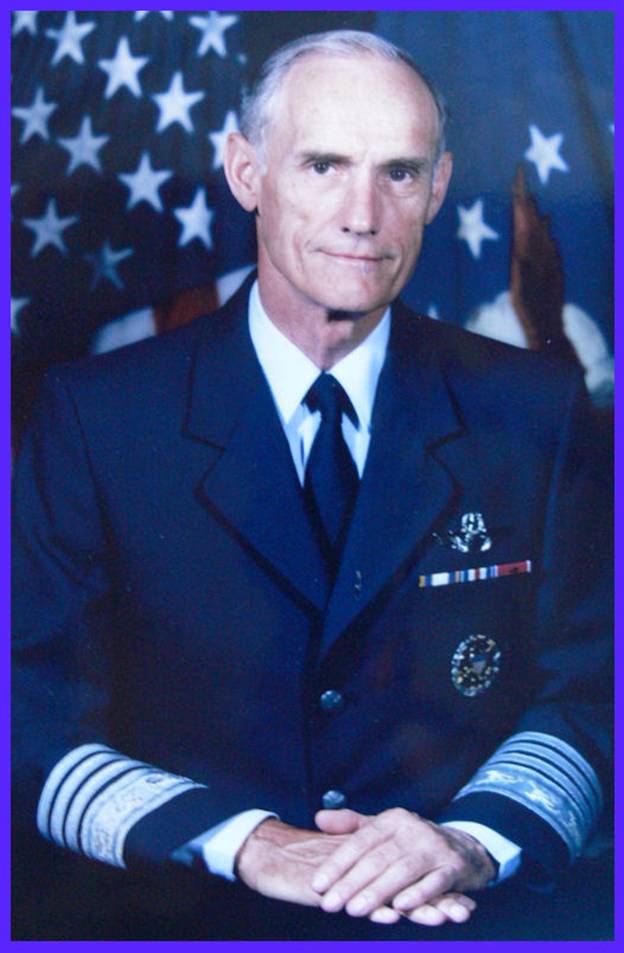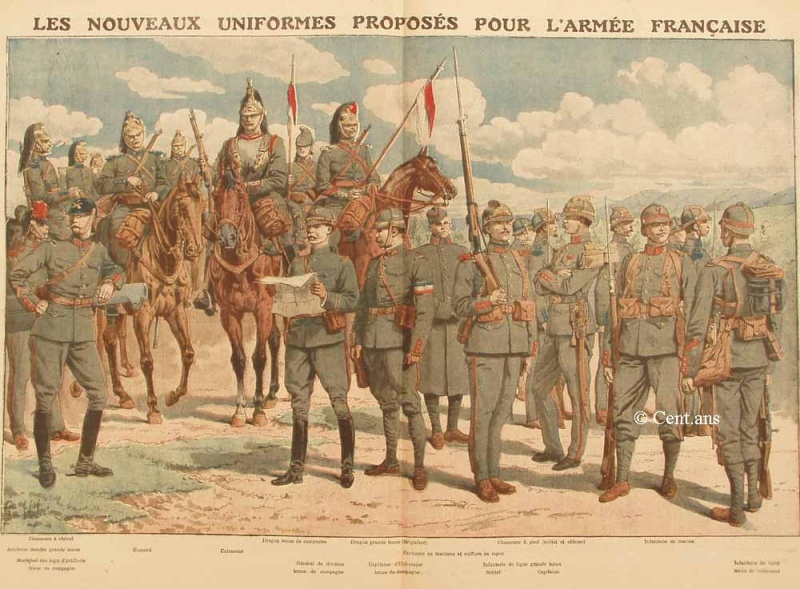proposal for Most Senior US General rank insignias
Taken from wikipedia:
- World War 1

On 3 September 1919, President
Woodrow Wilson, in accordance with
Public Law 66-45, promoted Pershing to the rank of "General of the Armies of the United States"
[5][6] in recognition of Pershing's performance as commander of the
American Expeditionary Forces. The peculiar wording of Pershing's new rank (i.e. "of the
Armies") was to distinguish that this held authority over all armed services, as opposed to the Civil War title "General of the Army" (itself an Army rank).
General Pershing was authorized to create his own insignia. He chose to wsear the four stars of a general, but in gold. However, Army regulations of the time did not recognize this insignia, and Pershing's gold stars were never authorized as an official insignia.
[7]
- World War 2


It became obvious that the
Supreme Commander for the attack of Japan would hold an enormous amount of power and would command an invasion force larger than any seen to date in the Second World War. It was also clear that whoever this commander was would have direct command authority of not one, but several five-star officers. To that end, a proposal was discussed in the
War Department to appoint
Douglas MacArthur to the rank of "General of the Armies" and have this position be considered a six-star general rank.
The proposal for MacArthur's promotion to a new rank was begun on 23 July 1945.
[10] The Army draft for the promotion specified three key points regarding the renewed proposal for General of the Armies:
- The position would clearly be a six-star general rank
- The rank would be senior to General of the Army
- The rank would require a new insignia which incorporated a sixth star into the five-star design of General of the Army.
The
Institute of Heraldry produced a single sketch of how the insignia for six-star rank would appear, which was later filed into Douglas MacArthur's
service record.
[11]
The proposal for MacArthur's promotion was dropped by the United States Army on 18 August 1945, four days after
Japan's surrender announcement rendered the planned invasion moot. MacArthur's service record indicates the promotion package was closed due to "lack of necessity for such a rank".









